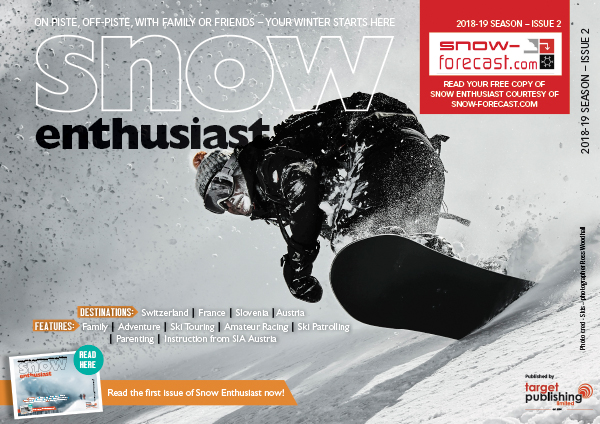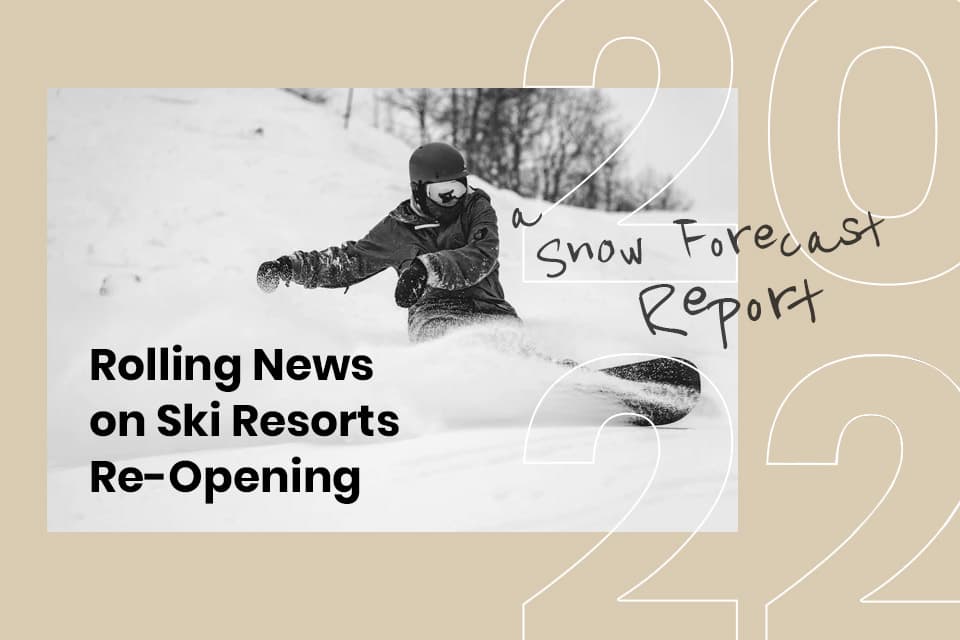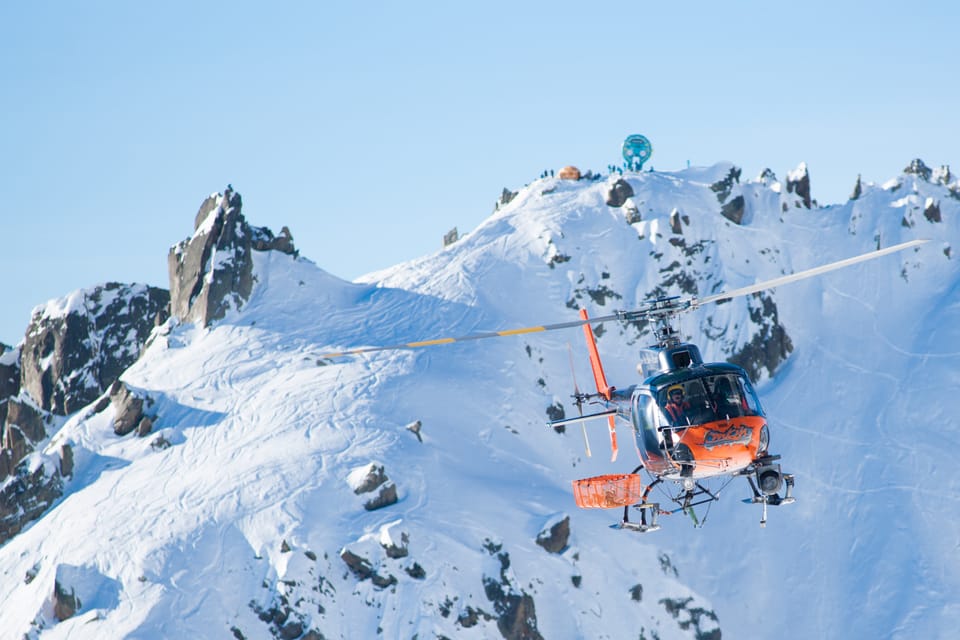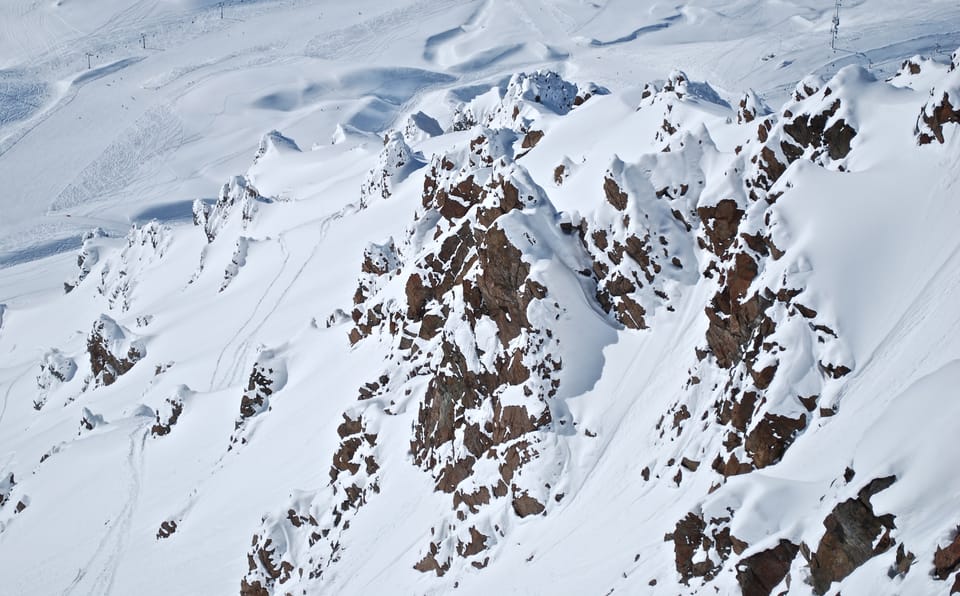SUPER 3 WOMAN

I’ve taken part in one of the biggest amateur ski races in the Alps, The Inferno, for several consecutive years, it’s addictive – the adrenaline from the race, the friends you make and look forward to seeing the following year, the weekend break away and the hope that you may get a medal – and if not, at least a sticker for your ski helmet.
So last summer when a skiing buddy asked if we’d (me and the other half – ‘OH’) like to enter the Super 3 – a series of ski races which he had chatted briefly to us about during the 2017 Inferno ski race, we didn’t take long to say a great big yes. Being a member of a ski club or team makes entry to the Super 3 possible, and more likely successful. Enter solo and it’s a bit of a lottery, especially with the Inferno which is the most popular with over two thousand entries and places capped at one thousand, eight hundred and fifty.
If you’ve entered before, your chance of a place again increases. I had no idea if our team entry would be successful but with hotels on hold and entries submitted at the end of the summer of 2017 it was a wait to see if our team – four GB skiers and one rogue Aussie – ‘Mallow Racing’ – would make the criteria.
The Super 3 is a series of amateur ski races held in three different Swiss ski resorts – the Belalp Hexe, in Belalp, The Inferno-Rennen – in Mürren, and the Allalin-Rennen in Saas Fee. The first two are held over two separate weekends in January and the Allalin-Rennen in the Spring- last winter held in mid-March, this season the 3rd and final race reverts to when it used to be held, during April.
Entry accepted and fitness a priority, with Christmas skiing on hold due to tricky and short school holidays, a quick December weekend in St Martin de Belleville was our race warm up before arriving in Blatten-Belalp, for the first of the Super 3, early last January.
Course reccies took place Thursday and Friday mornings with the main downhill event on Saturday.
It’s easy at these events to focus on just the race itself, but with a quiet afternoon and team members bailing out to do race prep (a lot of wax talk!), a few of us decided to head over to the far side of the resort to see the old Belalp Hotel. On the map, the resort looks tiny, with only six lifts, but the ski area is surprisingly spread out with plenty of challenging and steep pitches to ski. With heavy snowfalls in the weeks leading up to the event the off-piste was treacherous, but the potential to explore looked vast.
From the Belalp Hotel – English visitors have been staying since the mid-1800s – one of our fellow GB skiers, Nick, showed us the spectacular Aletsch Glacier cascading down the southern side of the Jungfrau Valley, accessible for ski touring from the Jungfraujoch above Wengen. Where the Jungfrau valley had received the Foehn [warm wet winds], Belalp side had seen more fresh snow, so the ski down to Blatten village from Belalp was well covered.
On race day, as well as nerves, blue skies and creamy pistes ruled. We were lucky to race on the full race course – the first time in over five years that it has been able to run – from the top of Hohstock at 3,118 m down the 12km course finishing in Blatten at 1,322m – 1,800m of descent.
The course starts on the steep upper black piste with a couple of terrifying tight hairpin bends [brakes on] followed by a compression to suck the air out of you and then continues down the slopes over a series of straight rollers where the best racers tuck the entire way.
Past the main gondola building and through some old snow covered chalets, the course follows down to the valley along a track with a series of rutted switchbacks past lamp-lit old buildings and quaint chalets and finally finishing down in Blatten village.
Prior to race day, we had joined in the evening’s open air celebrations involving the burning of the giant witches (Hexe in German) hat, wild witch dancing and obligatory Swiss oompah band. Legend has it a witch who could turn into a raven, pooed in to the eyes of her cherry-picking husband (she had a more favoured lover). The husband fell out of the tree and died. The Belalp-Hexe race and the dressing-up witch festival that brings hundreds of locals up from the town of Brig, in the valley below, honors this poor man!
The ‘Hexen Meister’, local Valais man Christoph Escher smashed his own record with a Belalp -Hexe winning time of 10mins. My time 14.25 earning me a ‘silver’ award!
Several of our English contingent (and new Aussie friend and team member) went straight on to Mürren for race no 2. OH and I flew back for 72 hours of family time, before heading back out for the Inferno in Mürren in the Jungfrau region.
To access the resort of Mürren, a car free village, the cable car rises from the valley floor at Lauterbrunnen across the lower section of the Inferno course which zig zags through the woods from Winteregg down. Sadly there was no snow on this section, so we knew unlike in Belalp, the course would not be the full 15km in length. As the 75th anniversary year it had already been decided that the 2018 Inferno would either end in Mürren village or Lauterbrunnen. With no snow to Lauterbrunnen, they were set for a village end.
Stormy weather kept the upper slopes in Mürren closed ahead of race day, with a new anniversary team event scheduled for Friday morning, ahead of the main event on Saturday, high winds and heavy snow meant the start point was at Almendhubel – with one fast corner in to a tough uphill section through the woods followed by a few long bends in to Mürren village, it was one of the shortest and fastest courses…some said more of an uphill than a downhill.
Lining up side by side for the team event was fun and chasing down my teammates, including my younger brother, even more fun. Sadly we didn’t break in to the Top 100 teams but it was a great practice on the course ahead of the main Inferno event the next day.
Like Belalp, pre-race rituals are observed; in Mürren, a giant scarecrow-style Devil is wheeled through the village and finally set alight to ward off bad spirits, accompanied by more Swiss oompah music. A brief teaser by race officials had us thinking the race start would be higher up the original course from the mid cable car station at Brig, but once again bad weather socked in and we were faced with a repeat of the previous day albeit with a small jump just before the final dog-leg bend left and tuck to finish under the inflatable archway – a short course of 2.35km with the fastest time 2.46 minutes. My time of 4.31 gave me a bronze place for race number 2.
Eight weeks later and we headed back to Switzerland for the final race of the Super 3. After a small hiccup with accommodation we settled in to the Hotel du Glacier in the centre of Saas Fee and prepared for the last of the series – cat suit, helmet, Panda goggles, bib numbers – there’s a certain comfort in knowing that after two races the kit is familiar and the nerves slightly easier to control.
Course inspection was limited ahead of the Friday team event due to bad weather, again – high winds and snowy weather being the headline theme of season 17/18. We missed the early window to get to the top of the Saas Fee funicular, it was shut by 10am and gradually the resort closed down.
So skiing blind down the course in the Friday morning team event was eye opening! This race ‘the world’s highest glacier race’ started just below the top section of the glacier and ran fast all the way down to Saas Fee, just under 9km from top to bottom. The course follows the red run down past Morenia restaurant, crossing a steep piste, some fairly hair raising bends and on to the schuss down to the village front. Great fun and in sunshine on super-fast pistes.
Prime candidates for the ‘She/he’ race, me and my OH pulled out just before this event under the premise that two times down the course would be enough. I did think it would have been fun to try something different and also to claim the only husband and wife GB entry, as well as being the only GB female racer, one for another year.
Back to the individual race the following day and again, the weather affected the course and as with The Inferno, the start point was brought down the mountain. Tricky visibility made the course hard to navigate through. The challenge was to stay low in the tuck, find all the gates in the fog and snow and stay out of the orange nets on the sharp bends. The fastest time was, 1min 59. My time: 3 mins 12, 6th place in my ladies category, winning me a basket of local cheese and sausage!
After the races had finished, we had time to have a quick reccie of the rest of the ski area, shown to us by a friend and local Swiss lady Andrea, actually the oldest female competitor to take part in the Super 3 – you wouldn’t know it by her skiing, she showed us the Plattjen area, to the left as you look at the Saas Fee bowl. From the top of the bubble you can see the ski touring route across to the Britannia Hut – we chose the fabulous long reds and blacks descending back to the base area.
Saying goodbye to Andrea, a new Super 3 friend was a reminder that it is not all about the races, you get to make new friends too as you follow each other around the Swiss Alps over the three events. 111 men completed the Super 3 and only 23 women. It’s a huge commitment both financially and time-wise but with just four British men, and me the sole British female to complete the triple, I felt a real sense of achievement.
This story was originally published in Snow Enthusiast magazine. Read the full issue free at http://magazine.snow-forecast.com/snow-enthusiast-sf-2018#!page1





